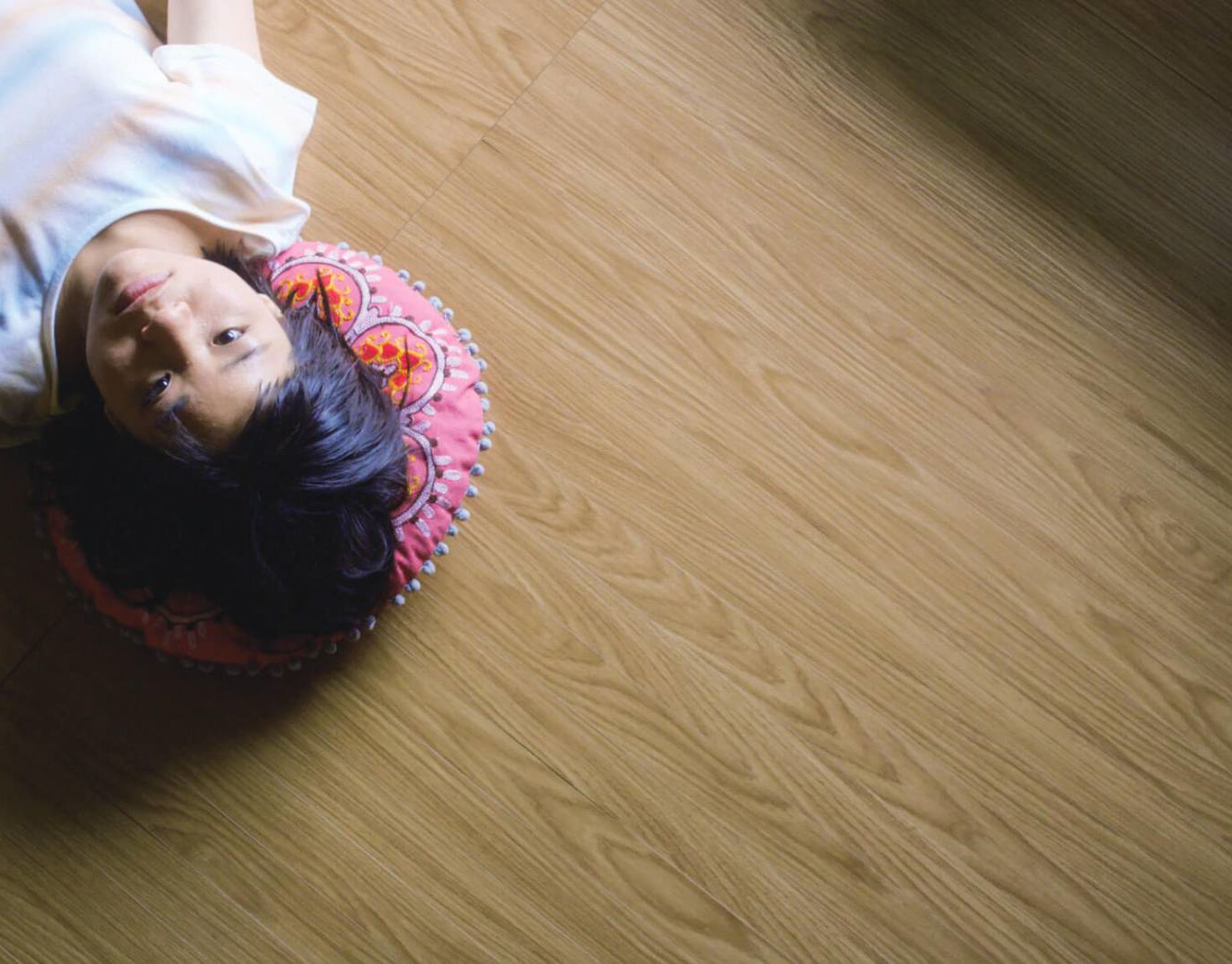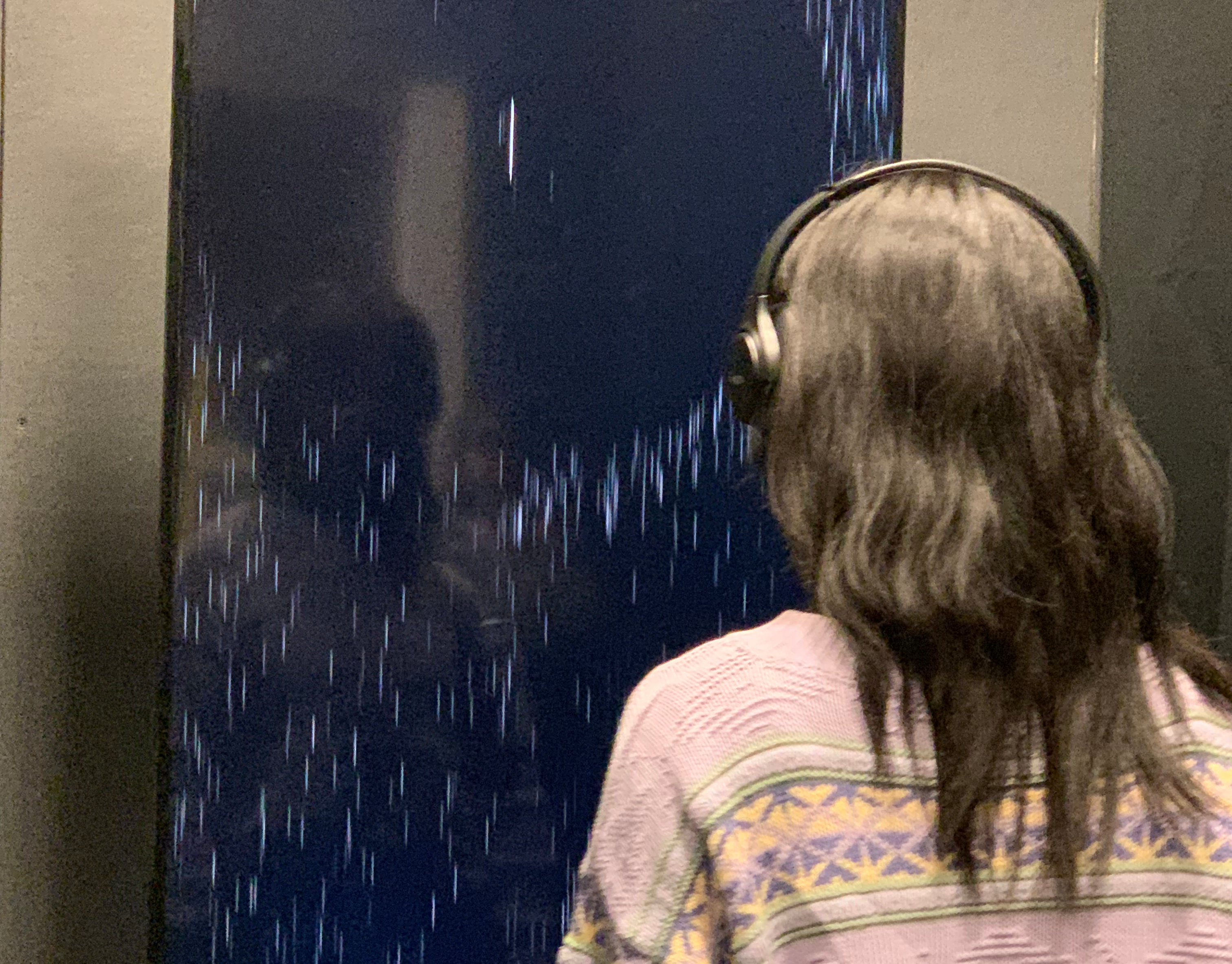WBRU
More Music 24/7.
After 81 years in radio and 52 on the FM dial, WBRU transitioned to digital in September 2017. Since then, I have been working with them to develop and establish their digital brand and products. The new WBRU would offer two 24/7 streams, podcasts, editorials and more on wbru.com and the WBRU App. To ensure a smooth transition, it was crucial that the new digital experience mirrored that which listeners were going to lose. Like radio, mobile applications granted listeners the ability to tune into their favorite station from anywhere. The transition to digital also provided an opportunity for the 360° Experience in Sound to have its own dedicated channel for the first time since its inception.
WBRU App
Prior to the sale, there had been a desire to develop an app that hosted all of WBRU's content.
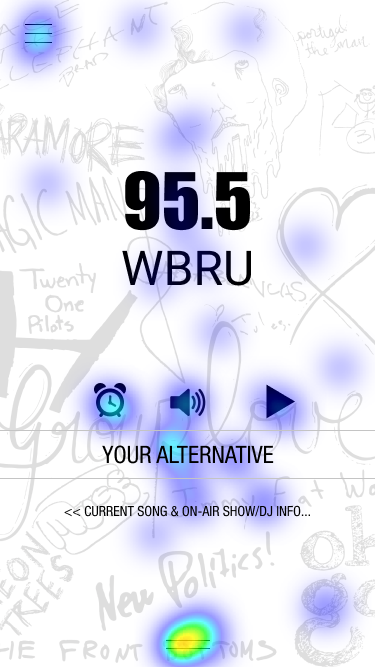



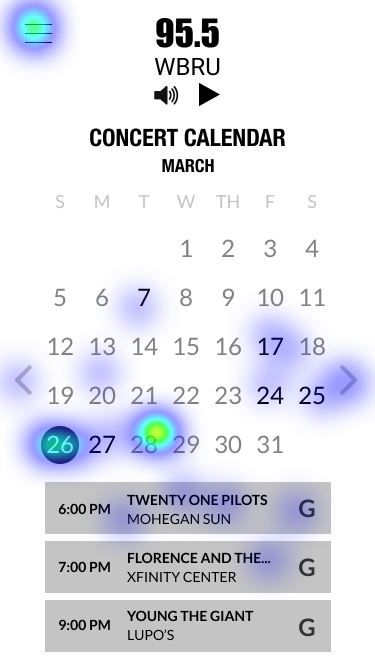

The initial design had a lot of bloat that distracted from the main product: the music streams. The test also featured a background of band signatures from the BRU stairwell. Users attempted to click on the signatures which highlighted the need for a simple background.
Post Sale
In 2017, the streams were the main draw, and the stations' priority was maintaining listenership post sale. Audio had been the focus of the company for 80 years, and, while we hoped to expand into other content areas, they were not yet ready to be shipped in our app. So, we decided to move forward with a streaming-only mobile app.
Highlights
Maintained Digital audience
Digital streaming up 10% by December 2017
Limitations
Album Artwork. I had wished to include album artwork; however WBRU's streaming provider at the time only stored artist name and song title in the song history. I developed a solution that used the song metadata to query Last.FM for the album artwork, but, unfortunately, misspellings and inconsistent naming conventions in our music library prevented the app from reliably pulling the data. The feature was held from release until the library was updated.
App Crashes. Studio malfunctions and issues with the streaming provider resulted in faulty and incomplete data being sent to the app. An iOS update was released to mitigate these errors.
Feedback
The number one feedback we received was appreciation for the simplicity and ease of use of the app. Listeners simply pressed the desired stream button, and it would play. I took note to ensure future versions of the app allowed for frictionless streaming.
Longtime listeners were also pleased that they could listen to their favorite stream (either ALT or 360) 24/7. The formats had previously split airtime on 95.5FM.
2020: Version 2
I left my role in 2018. A team was hired to develop version 2 of the app, but the project was tabled due to other pressing concerns. I was asked to return to the project in January 2020.
Goals
General updates & App Store and OS Compliance. The last app update was January 2018.
Transition from Visual Studio. Visual Studio was chosen as a quick cross-platform solution to develop version one of the app. However, WBRU is student run and its staff cycles out every four years. We needed to set the app up on a platform that was accessible to the new students and with a framework that students could easily jump in and maintain.
Update streaming provider. In 2019, WBRU switched to Radio.co as their streaming provider, so all stream audio and metadata links would need to be replaced.
Maintain ease of use. New features should not impede the user's ability to select and play the streams in as few clicks as possible, preferably one click. There's little overlap between ALT and 360 (now branded as WBRU and WBRU360) listeners, so it's important that fans of each can interact with their chosen stream without interference from the other stream. But, those who listen to both should also be able to easily switch between the two.
Milestone 1 Options. Designed in Figma.






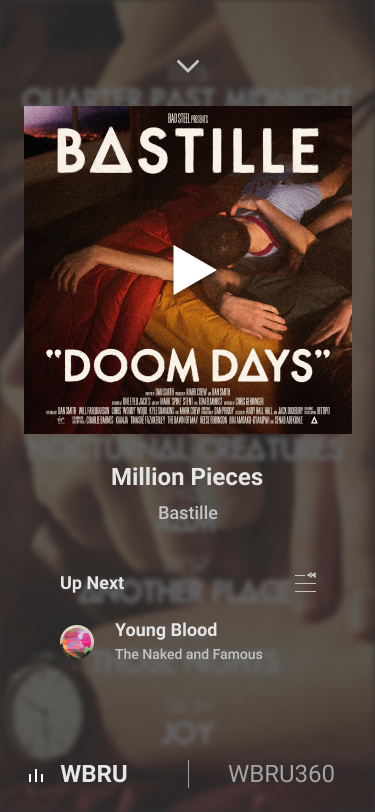
We selected a simple 3 page design. The first mirrored the existing app. Users would still be able to select a stream from the home page. Selecting a stream would take them to the expanded player page where they could see the now playing information and additional stream info. From there, users could click on the song history icon to view the recently played tracks.
After soliciting user feedback, it was brought to our attention that the WBRU and WBRU360 buttons didn't read as clickable, and some users didn't know what to do upon first opening the app.
I came up with another round of options for the home page, choosing a combination of album art and text combination for the stream selection. This design is akin to other streaming applications, so we would be replacing the selection flow with one that mirrors an experience familiar to the user. Additionally, I incorporated a persistent global player at the bottom of the screen, the use of which would also be familiar to our listeners.








Figma + Principle
Milestone 1 Prototype
One click. Users can click on the stream of their choice and instantly begin listening.
Album Artwork and Song History. Radio.co provides links to album artwork with the song history, so we can now reliably fetch album art alongside artist name and song title.
Spotify. It's the modern version of the iTunes purchase links WBRU used to provide on their old website. Most users aren't purchasing songs anymore, they use a music streaming service like Amazon Music, Apple Music, or Spotify. WBRU offers a different service: music discovery, a professionally curated playlist. When a listener discovers a new song they love, clicking on the icon will copy the Spotify track link.
While more features may be added to the Expanded Stream Player page in the future, at the moment, its inclusion was redundant, so that page was removed from the final design.
Live Version

